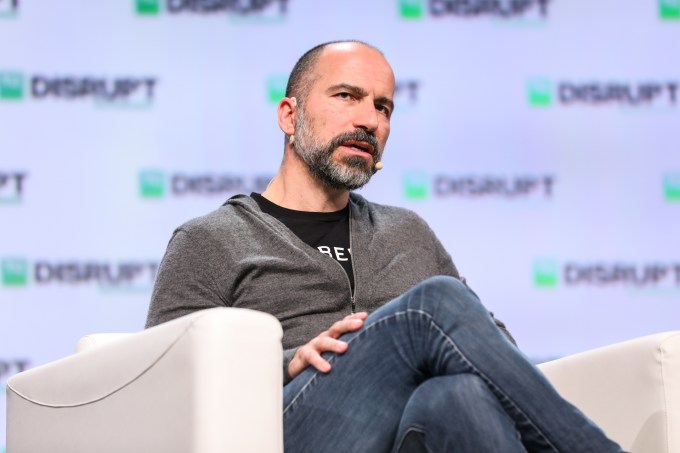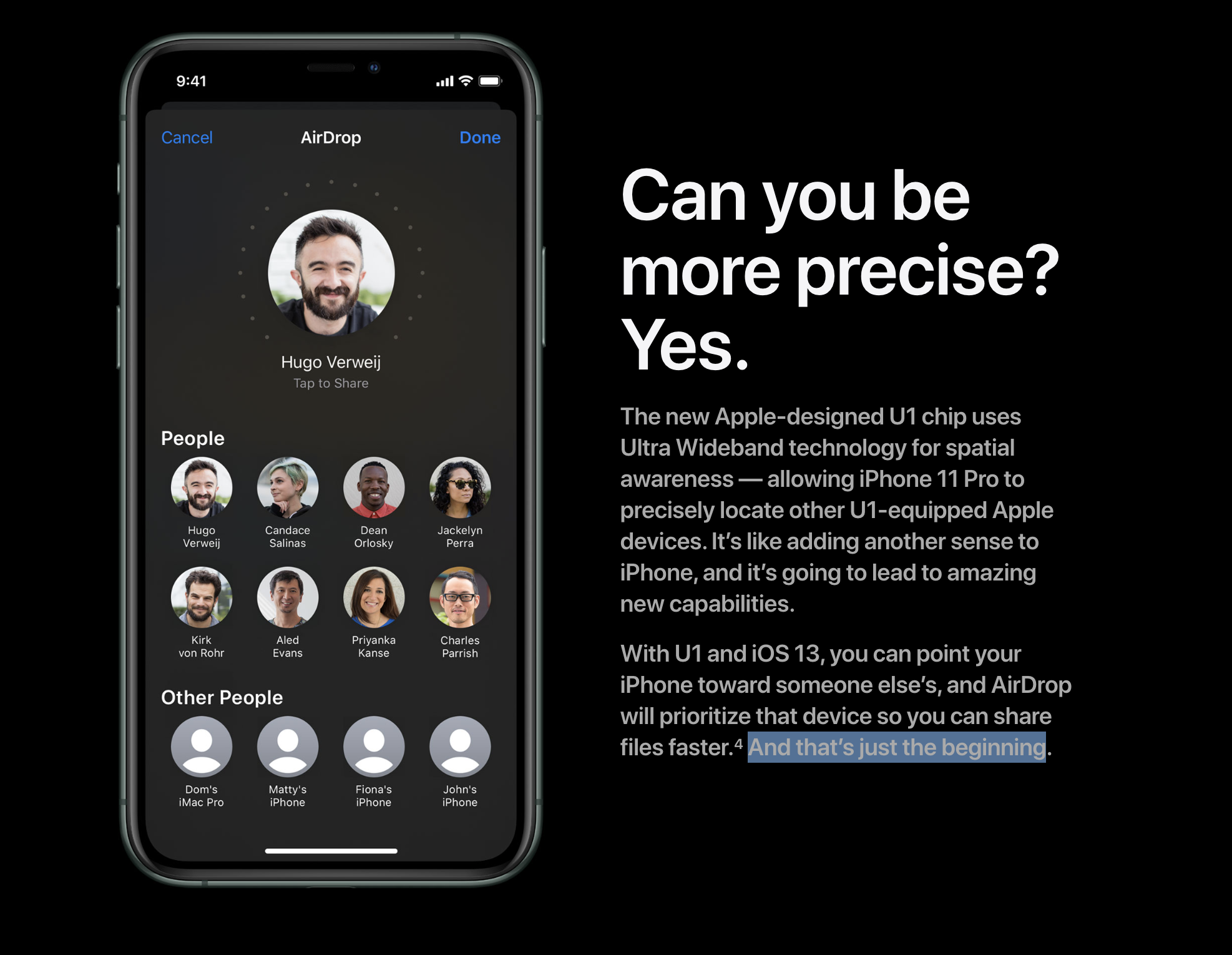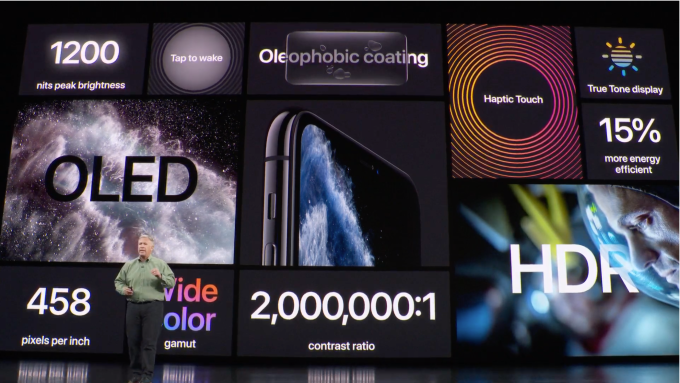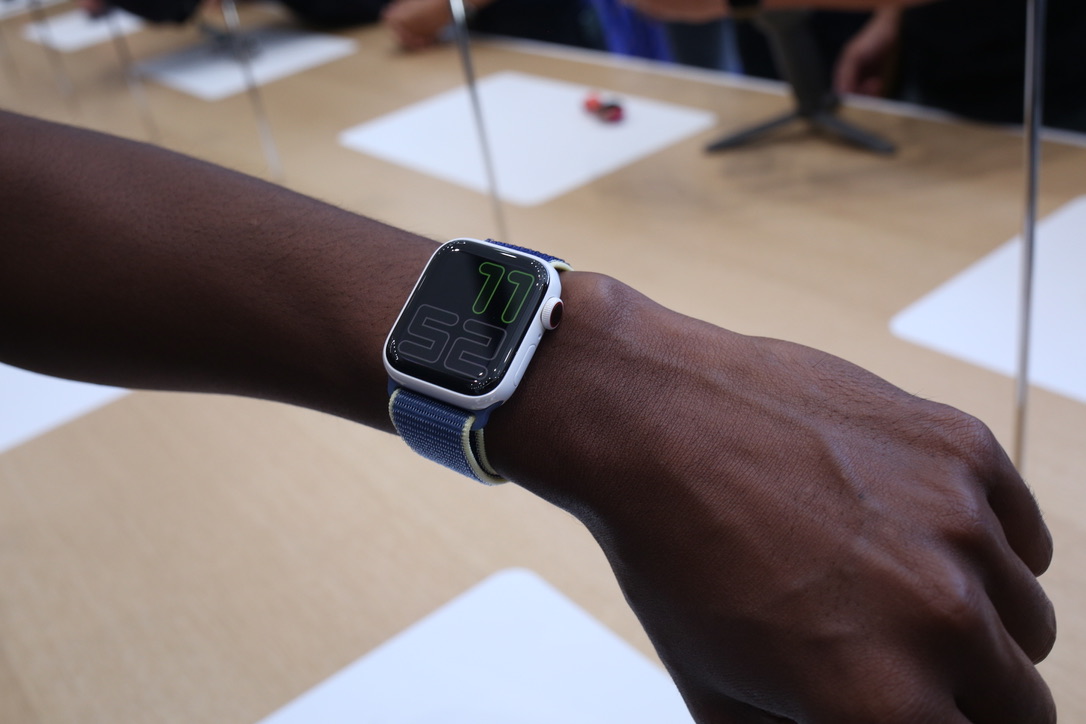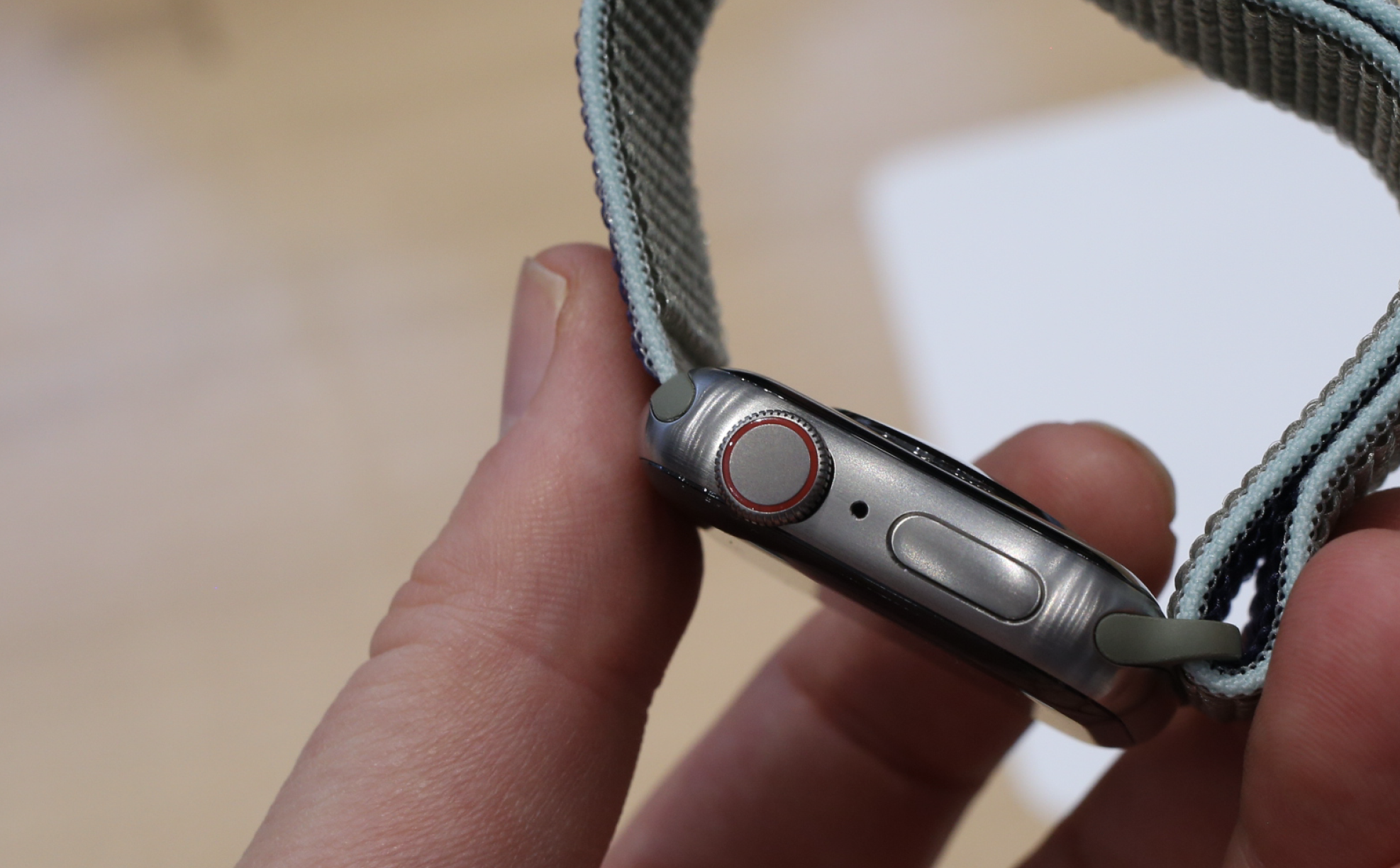Here’s something the hermetically sealed iPhone can’t do: Score a perfect 10 for repairability.
Smartphone startup and social enterprise Fairphone’s latest repairable-by-design smartphone has done just that, getting 10/10 in an iFixit Teardown vs scores of just 6/10 for recent iPhone models.
The Fairphone 3, which was released in Europe last week with an RRP of €450, gets thumbs up across the board in iFixit’s hardware Teardown. It found all the internal modules to be easily accessible and replaceable — with only basic tools required to get at them (Fairphone includes a teeny screwdriver in the box). iFixit also lauds visual cues that help with disassembly and reassembly, and notes that repair guides and spare parts are available on Fairphone’s website.
iFixit’s sole quibble is that while most of the components inside the Fairphone 3’s modules are individually replaceable “some” are soldered on. A tiny blip that doesn’t detract from the 10/10 repairability score
Safe to say, such a score is the smartphone exception. The industry continues to encourage buyers to replace an entire device, via yearly upgrade, instead of enabling them to carry out minor repairs themselves — so they can extend the lifespan of their device and thereby shrink environmental impact.
Dutch startup Fairphone was set up to respond to the abject lack of sustainability in the electronics industry. The tiny company has been pioneering modularity for repairability for several years now, flying in the face of smartphone giants that are still routinely pumping out sealed tablets of metal and glass which often don’t even let buyers get at the battery to replace it themselves.
To wit: An iFixit Teardown of the Google Pixel rates battery replacement as “difficult” with a full 20 steps and between 1-2 hours required. (Whereas the Fairphone 3 battery can be accessed in seconds, by putting a fingernail under the plastic back plate to pop it off and lifting the battery out.)
The Fairphone 3 goes much further than offering a removable backplate for getting at the battery, though. The entire device has been designed so that its components are accessible and repairable.
So it’s not surprising to see it score a perfect 10 (the startup’s first modular device, Fairphone 2, was also scored 10/10 by iFixit). But it is strong, continued external validation for the Fairphone’s designed-for-repairability claim.
It’s an odd situation in many respects. In years past replacement batteries were the norm for smartphones, before the cult of slimming touchscreen slabs arrived to glue phone innards together. Largely a consequence of hardware business models geared towards profiting from pushing for clockwork yearly upgrades cycle — and slimmer hardware is one way to get buyers coveting your next device.
But it’s getting harder and harder to flog the same old hardware horse because smartphones have got so similarly powerful and capable there’s precious little room for substantial annual enhancements.
Hence iPhone maker Apple’s increasing focus on services. A shift that’s sadly not been accompanied by a rethink of Cupertino’s baked in hostility towards hardware repairability. (It still prefers, for example, to encourage iPhone owners to trade in their device for a full upgrade.)
At Apple’s 2019 new product announcement event yesterday — where the company took the wraps off another clutch of user-sealed smartphones (aka: iPhone 11 and iPhone 11 Pro) — there was even a new financing offer to encourage iPhone users to trade in their old models and grab the new ones. ‘Look, we’re making it more affordable to upgrade!’ was the message.
Meanwhile, the only attention paid to sustainability — during some 1.5 hours of keynotes — was a slide which passed briefly behind marketing chief Phil Schiller towards the end of his turn on stage puffing up the iPhone updates, encouraging him to pause for thought.
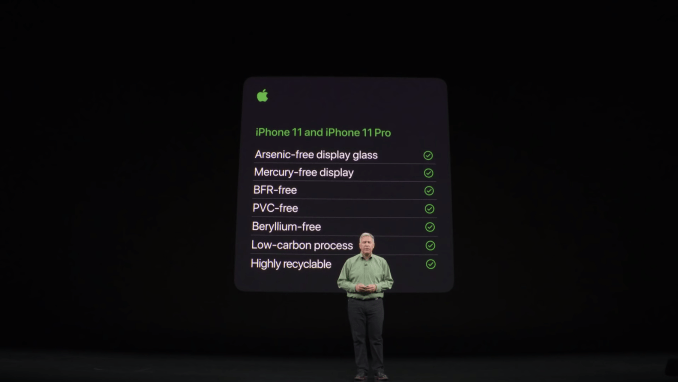
“iPhone 11 Pro and iPhone 11 are made to be designed free from these harmful materials and of course to reduce their impact on the environment,” he said in front of a list of some toxic materials that are definitely not in the iPhones.
Stuck at the bottom of this list were a couple of detail-free claims that the iPhones are produced via a “low-carbon process” and are “highly recyclable”. (The latter presumably a reference to how Apple handles full device trade-ins. But as anyone who knows about sustainability will tell you, sustained use is far preferable to premature recycling…)
“This is so important to us. That’s why I bring it up every time. I want to keep pushing the boundaries of this,” Schiller added, before pressing the clicker to move on to the next piece of marketing fodder. Blink and you’d have missed it.
If Apple truly wants to push the boundaries on sustainability — and not just pay glossy lip-service to reducing environmental impact for marketing purposes while simultaneously encouraging annual upgrades — it has a very long way to go indeed.
As for repairability, the latest and greatest iPhones clearly won’t hold a candle to the Fairphone.

from iPhone – TechCrunch https://ift.tt/2Lqt0jh
